By Nicholas Bianco & Hilary Sinnamon, EDF Consultant
This month EPA released a Proposed Determination that the protective greenhouse gas emissions standards finalized in 2012 for model year 2022-2025 passenger cars and lights trucks remain appropriate under the Clean Air Act. This proposed determination found that auto manufacturers can meet the model year 2022-2025 standards at a lower cost than previously predicted, providing net savings for families, significant benefits to public health and welfare, and enhancing energy security.
Americans overwhelmingly want more fuel-efficient and less polluting vehicles because they help families make ends meet by saving them money at the pump.
EPA had previously estimated that consumers purchasing new vehicles in 2025 would spend up to $8,200 less on fuel over the lifetime of those vehicles.
The Clean Car standards have already helped drive innovation and deployment of the technologies and vehicles that customers are embracing – to the point where manufacturers have beat the standards in each of the last 4 years while setting new sales records.
U.S. manufacturers have returned from the brink of collapse in 2008, making a dramatic return to profitability while selling cleaner and more fuel efficient vehicles than ever before (see figure). Continuing these standards will help ensure that manufacturers retain their competitive edge and remain a vibrant force for the American economy in the years ahead.
1. Clean Car Standards Save American Families And Businesses Money
The Clean Car standards are already delivering benefits to American families and businesses, and these savings are expected to grow in the years ahead. Consumers purchasing new vehicles in 2025 are expected to spend up to $8,200 less on fuel over the lifetime of those vehicles. The 86 percent of Americans who finance their vehicle with a 5-year loan are expected to immediately realize the cost savings from cleaner more efficient vehicles. This is true even with today’s low gas prices.
Over the duration of the Clean Cars program, American families and businesses will avoid up to $1.7 trillion in fuel expenditures, which is more than double the funds injected into the economy by the American Recovery and Reinvestment Act (aka, the stimulus package). When businesses reduce fuel costs, it allows them to invest more money and create more jobs in local communities.
Oil prices may have fallen recently, but everyone knows that oil prices can be volatile. It wasn’t long ago that oil was trading at more than $100 per barrel, and that gasoline prices were roughly 50 percent higher than they are today. Thus, it should come as little surprise that consumers continue to rate fuel economy as one of their top criteria when shopping for a new car – 81 percent said they support the Clean Car standards. More efficient vehicles provide protection against volatility in fuel prices. For example, each Ford F-150 bought in 2015 will use about 180 fewer gallons of gasoline a year than those manufactured before the Clean Cars program went into effect, saving owners $300 to $700 per year. Ford reports that these fuel savings come at the same time as improvements to vehicle strength, pulling power, acceleration, and handling.
2. Clean Car Standards Will Improve Climate And Energy Security
The Clean Car standards are also a crucial component of U.S. efforts to reduce carbon pollution and help avert the most damaging effects of climate change. The program will eliminate an estimated 6 billion metric tons of carbon dioxide over the life of the vehicles subject to the standards, which is more than a year’s worth of U.S. carbon emissions. Without the standards, emissions from the sector would rise considerably.
Nearly half of the oil consumed by Americans every year is used driving our passenger cars and light trucks. The Clean Car standards will enhance our nation’s energy security by reducing oil consumption by 2 million barrels per day by 2025. This is almost as much oil as we import from OPEC countries (net imports were 2.65 million barrels per day in 2015). Security experts agree that our nation’s dependence on oil is a threat to security and more efficient cars and trucks will help reduce that threat. According to Retired Lt. General Richard Zilmer:
“Over-reliance on oil ties our nation to far-flung conflicts, sends our troops into harm’s way, and endangers them once they’re in conflict zones. Ensuring that the cars and trucks we drive every day go farther on every gallon of gas makes our nation stronger.”
3. The Automobile Industry Has Made A Dramatic Return To Profitability And Added Jobs – All While Exceeding The Clean Car Standards
During the height of the economic recession in 2008, the American auto industry was on the verge of collapse. This prompted the Obama Administration to develop a bailout package for the industry, which provided the boost the industry needed to help rebound.
Last year drivers in the United States bought more cars than ever before – roughly 70 percent more vehicles than during the recession – as fuel economy rose to its highest levels yet. In total, the auto industry has added nearly 700,000 direct jobs since the recession, supporting several million indirect jobs throughout the economy. In fact, auto manufacturing jobs accounted for 40 percent of all net jobs added in U.S. manufacturing since the recession. Today, the auto industry directly employs nearly 3 million Americans and employment at auto dealerships is at its highest levels ever. Meanwhile, sustained innovation continues to bring new fuel-efficient technologies to the marketplace while creating new jobs throughout the industry.
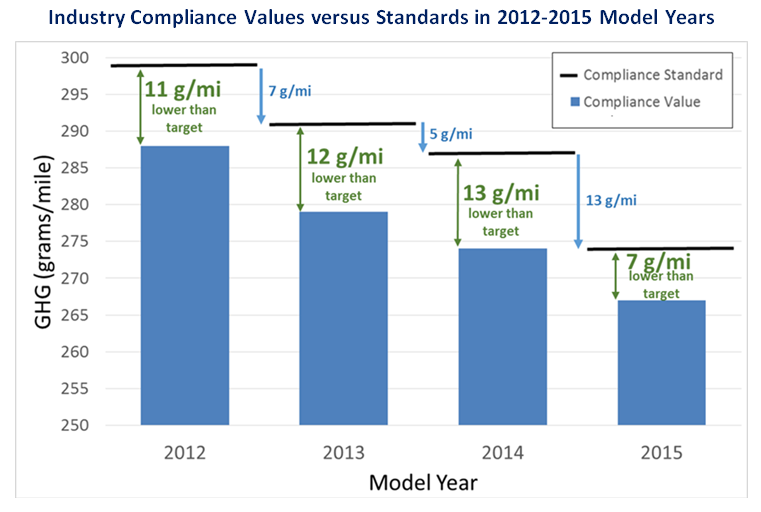
Source: EPA p.iii
All this has occurred while the auto industry as a whole has exceeded the climate pollution standards in each of the last four years (i.e., model years 2012-2015 – see figure). These efficiency improvements have come while other metrics of vehicle performance have continued to improve, including acceleration times and durability. In addition to the industry as a whole exceeding today’s standards, a number of individual vehicle models meet standards all the way out to 2025. Today there are already more than 100 car, SUV, and pickup models on the market that meet standards set for 2020 and beyond.
4. Clean Car Standards Have Played A Vital Role In Driving Innovation And Deployment Of Cost-Effective Efficiency Technologies
Automakers and suppliers are developing and deploying innovative technologies faster than EPA anticipated when the standards were finalized. Since the Clean Car program began in 2012, there has been roughly a doubling in: the number of SUVs that achieve 25 miles per gallon or more; the number of cars that achieve 30 miles per gallon or more; and the number of cars that achieve 40 miles per gallon or more (MY 2011 vs. MY 2016 – see chart).

Source: EPA, p.ES9
We see this playing out with a number of very popular models like the Ford F-150, Toyota Rav 4, and Honda Civic, where improved efficiency through powertrain innovation, deployment of downsized and turbocharged engines, and use of more advanced materials such as high-strength lightweight steel and high-strength military-grade aluminum, have allowed these vehicles to deliver greater performance while improving fuel economy at a rate greater than required by the standards.
The standards have also helped spur sustained innovation. In 2015 alone, hybrid and electric vehicle technologies combined were granted nearly 700 patents. The majority of these patents were granted to large automakers, including GM, Ford, Toyota, and Honda.
Moving forward, a new generation of zero emission vehicles has the potential to transform the sector. Chevrolet’s all-electric Bolt is just beginning to hit show rooms. Motor Trends has already declared it the vehicle of the year, writing that Chevy “has made electric-powered transport for the masses a reality…[the Bolt] is the car of tomorrow, today.” Chevy is hardly alone. The Tesla Model 3 is set to begin rolling out in 2017, and has already racked up pre-orders for approximately 400,000 vehicles. These advancements have been powered by a remarkable decline in the price of batteries – about 70 percent between 2007 and 2014. These price declines are expected to continue in the years ahead, further reducing the costs of electric vehicles.
5. Clean Car Standards Can Help Ensure The Auto Industry Retains Its Competitive Edge And Remains A Vibrant Force For The American Economy In The Years Ahead
Improvements in vehicle efficiency and reductions in climate pollution have coincided with a period of steady growth in the auto industry. Drivers in the United States bought more cars in 2015 than ever before. In total, about 17.5 million cars and trucks were sold last year, overtaking the 17.3 million sales in 2000 and far outpacing the 10.4 million sales in 2009, when taxpayers paid billions to bail out the automakers.
The Clean Car standards are essential to ensuring that this resurgence endures, and that American autoworkers have a strong position in the years ahead. These standards insulate the auto market from fuel price shocks, and that market stability translates into employment stability. The Clean Car standards have led U.S. automakers to offer a more diverse and more efficient mix of vehicles. As a result, their fleets will remain attractive to consumers in the years ahead, even if fuel prices spike again.
Analysis by Ceres found that profits by the three largest U.S. automakers (Ford, GM, and Chrysler) would plummet more than $1 billion per year in response to fuel price shocks without the Clean Cars program. Meanwhile, suppliers would lose up to $1.42 billion, costing American automakers and suppliers billions per year and putting many jobs at risk. Their analysis further showed that by driving deployment of cleaner and more fuel efficient vehicles, the Clean Cars program can insulate these 3 manufacturers from high fuel prices, and that pre-tax profits would remain robust under a wide range of high and low gasoline price scenarios.
Clean Car standards are also essential if the American auto sector is going to keep pace with global trends. Many other nations have adopted standards that will drive improved performance of passenger vehicles in a manner comparable to those standards established by the Clean Cars program here in the United States, and some nations are planning to go farther faster.
This includes, but is not limited to: Canada, the European Union, China, India and South Korea (see chart). These trends are particularly notable when one considers that the largest market growth will occur in China and India, which together could add nearly 15 million in additional vehicle sales each year in 2025 above and beyond today’s sales. This is almost as much as total U.S. passenger vehicle sales in 2015. As a result, any backtracking on the 2025 standards would therefore risk leaving U.S. manufacturers behind.
The Clean Cars program has been an enormous success, delivering savings at the pump to families while providing significant benefits to public health and welfare. Manufacturers have repeatedly demonstrated that they are capable of meeting the standards. They have exceeded the Clean Cars standards in each of the last 4 years, while continuing to deploy new technologies at cheaper costs than previously anticipated.
Meanwhile, the next generation of clean vehicles is beginning to hit the streets, including models that far surpass the standards set through 2025. These vehicles offer the promise of even lower fuel bills, cleaner air, and energy independence. Now is not the time to run from progress. Now is the time to embrace the future, to embrace American innovation, and to reaffirm our commitment to a clean transportation system.











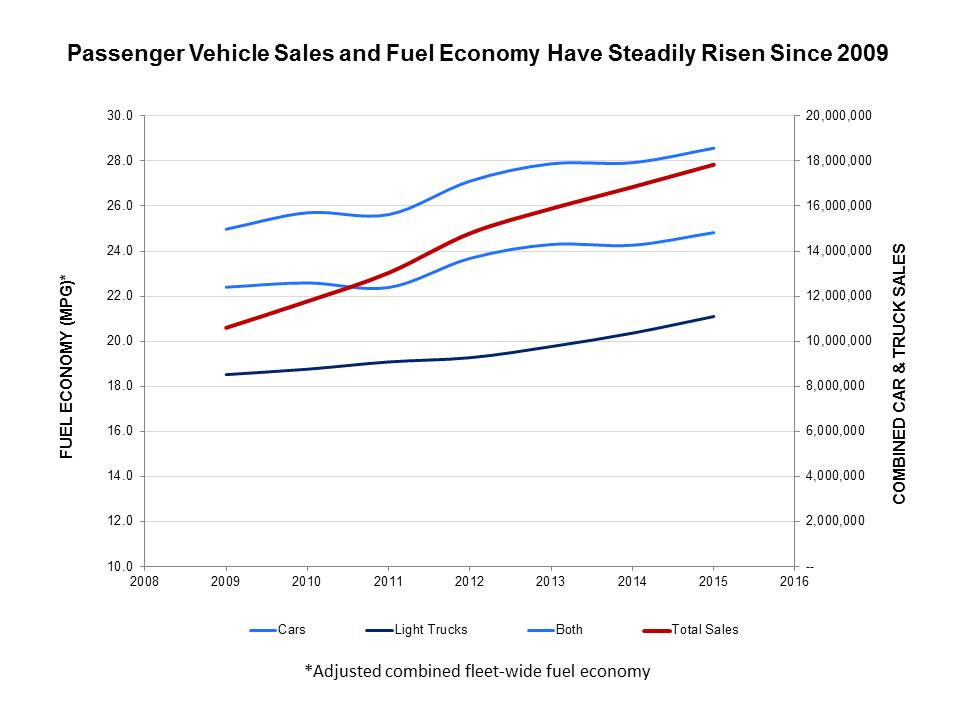


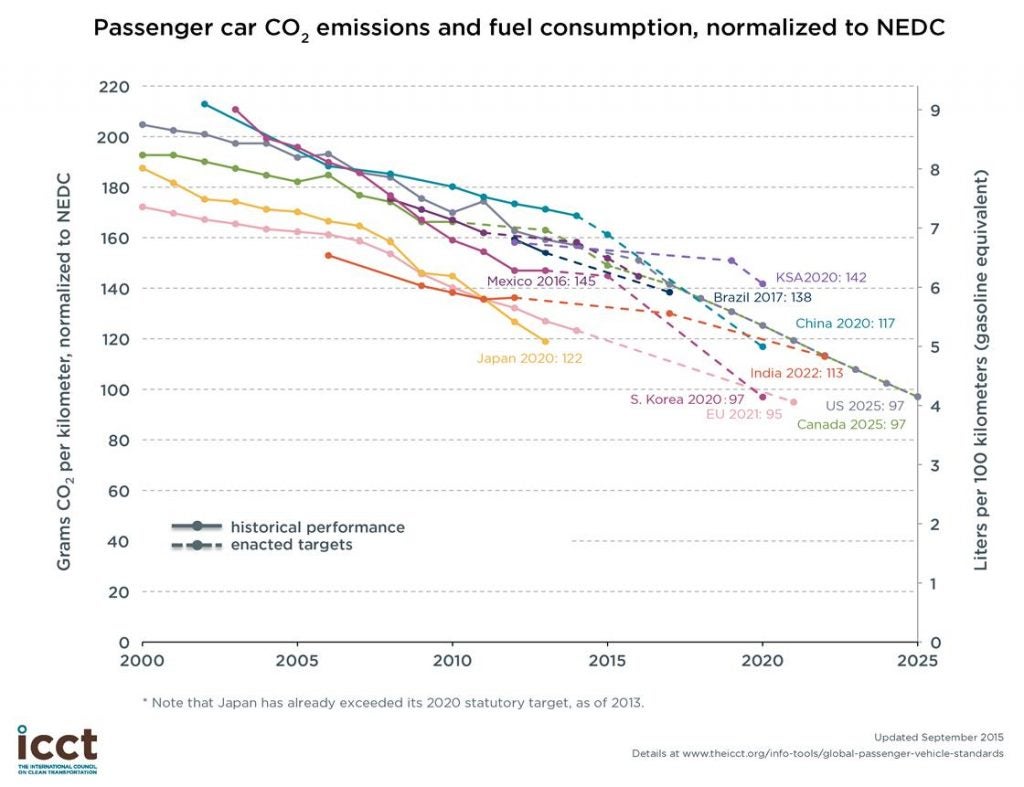
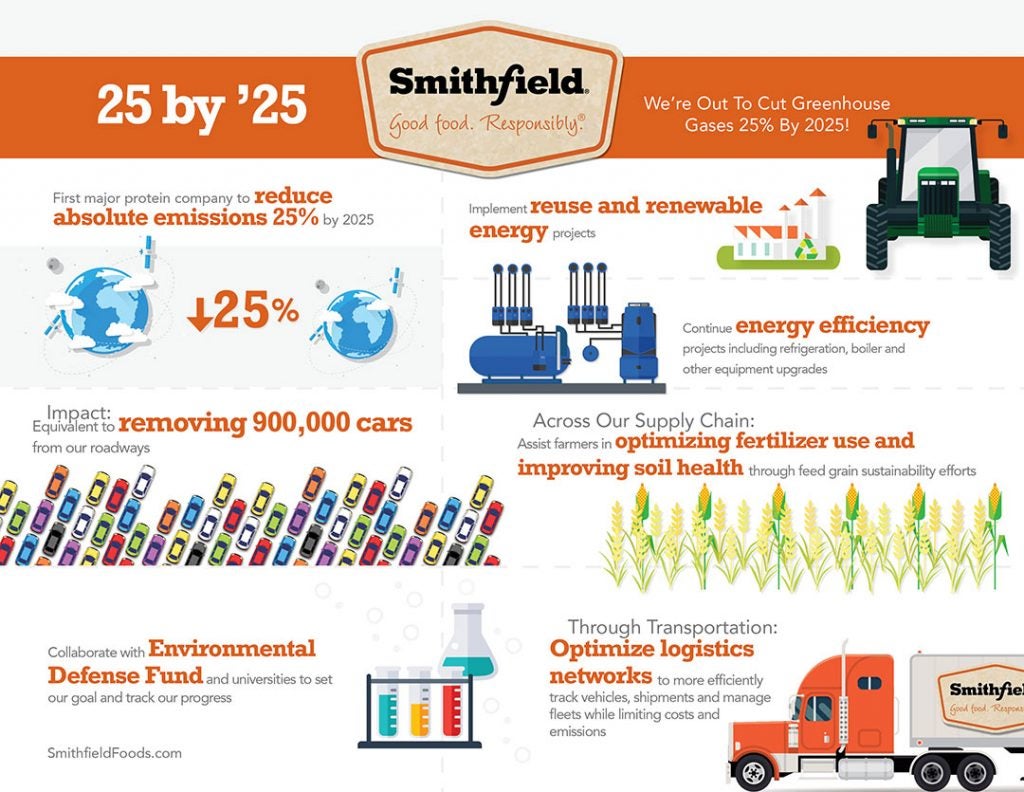
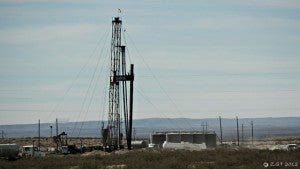 By
By